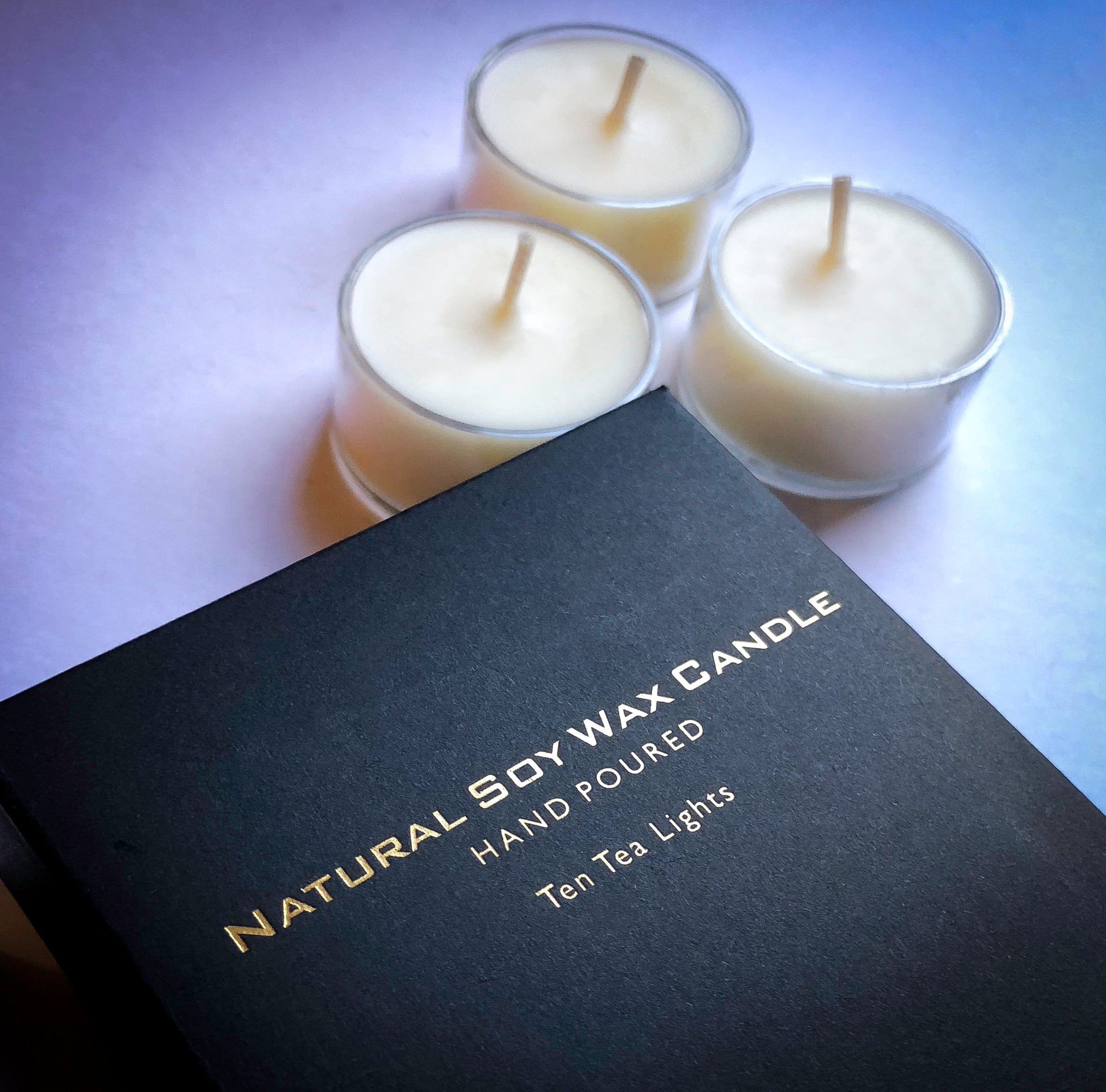Explore the World of Crystal Soy Candles and Home Fragrance Thrills
From Wick to Wax: Understanding the Chemistry Behind Soy Wax Candles and Their Ecological Influence
As we illuminate our areas with the cozy glow of candle lights, there exists a world of intricate chemistry behind the apparently easy act of lighting a soy wax candle light. The selection in between soy and paraffin wax extends past plain aesthetics, delving into the realm of ecological effect and the very structure of the materials. Recognizing the molecular structure of soy wax and its burning process sheds light on the discharges launched right into our surroundings. Join us as we decipher the clinical ins and outs behind soy wax candle lights and discover their effects on our setting.
Soy Wax Vs. Paraffin Wax
When contrasting soy wax and paraffin wax for candle production, it is important to understand the distinctive characteristics and benefits of each material. Soy wax is an all-natural, sustainable resource acquired from soybean oil, making it biodegradable and eco-friendly - home fragrance. In contrast, paraffin wax is a by-product of petroleum refining, which elevates worries concerning its environmental influence and sustainability
Soy wax candle lights burn cleaner and produce much less residue compared to paraffin wax candle lights, making them a healthier option for indoor air top quality. Additionally, soy wax has a reduced melting factor, permitting a longer-lasting candle that distributes fragrance much more successfully. Paraffin wax, on the various other hand, often tends to burn faster and less cleanly, possibly releasing hazardous chemicals into the air.
From a sustainability point of view, soy wax is favored for its biodegradability and eco-friendly sourcing, aligning with the expanding consumer choice for environmentally aware items. While paraffin wax has been a traditional choice in candle making as a result of its affordability and convenience of usage, the shift towards eco-friendly options like soy wax is gaining energy in the sector.
Chemical Make-up of Soy Wax

Combustion Refine in Soy Candles
The chemical structure of soy wax straight affects the burning process in soy candle lights, impacting aspects such as shed time, scent release, and environmental effect. When a soy candle light is lit, the heat from the fire thaws the wax near the wick. This liquid wax is then attracted up the wick because of capillary action. As the liquid wax gets to the fire, it undertakes and vaporizes burning. The burning procedure entails the vaporized hydrocarbons in the wax responding with oxygen airborne to generate heat, light, water vapor, and carbon dioxide.
The combustion performance of soy candle lights is affected by the pureness of the soy wax and the top quality of the wick. A clean-burning soy candle with an effectively sized wick will produce a consistent fire and lessen soot formation. This not only extends the shed time of the candle light however additionally improves the release of scents. In addition, soy wax candle lights have a reduced environmental influence contrasted to paraffin candle lights as a result of their biodegradable and sustainable nature.

Environmental Advantages of Soy Wax

Thought about a sustainable alternative to typical paraffin wax, soy wax uses noteworthy environmental benefits that make it a prominent option amongst crystal soy candles eco-conscious customers. Soy wax burns cleaner and creates less soot than paraffin wax, adding to much better indoor air top quality and lowering the demand for cleaning and maintenance. In general, the ecological advantages of soy wax line up with the growing need for environmentally friendly and sustainable products in the market.
Recycling and Disposal Considerations
Reusing and proper disposal of soy wax candle lights play an important duty in preserving ecological sustainability and minimizing waste in neighborhoods and houses. When it comes to reusing soy wax candle lights, the initial step is to ensure that the candle light has actually burned entirely.

In terms of disposal, if recycling is not a choice, soy wax candle lights are biodegradable and can be safely thrown away in most household waste systems. It is always advised to inspect with neighborhood reusing centers or waste management solutions for details standards on candle light disposal to ensure proper handling and environmental security.
Conclusion
In final thought, the chemistry behind soy wax candle lights reveals their ecological benefits over paraffin wax candles. Soy wax, derived from soybean oil, burns cleaner and creates much less soot when contrasted to paraffin wax.
When comparing soy wax and paraffin wax for candle production, it is important to recognize the distinct features and benefits of each product (crystal soy candles).Soy wax candles melt cleaner and release much less soot compared to paraffin wax candles, making them a much healthier option for interior air top quality.Considered a sustainable choice to standard paraffin wax, soy wax supplies notable environmental advantages that make it a preferred option among eco-conscious consumers. Soy wax burns cleaner and generates much less soot than paraffin wax, adding to far better interior air quality and minimizing the need for cleansing and upkeep.In final thought, the chemistry behind soy wax candle lights reveals their ecological benefits over paraffin wax candle lights